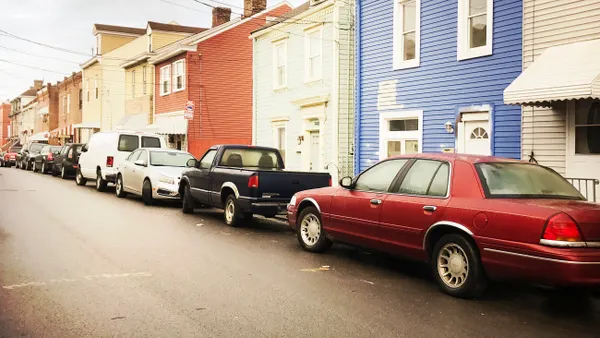Dive Brief:
- New York City has launched a regional mapping tool that allows residents to explore data on population, economics and housing for the metropolitan region.
- The Metro Region Explorer is the brainchild of the city’s planning department, and has data from 2000 to the present day on the city’s five boroughs, upstate New York, Long Island and parts of New Jersey and Connecticut.
- "[The tool] enables the public, planners and policy makers to examine the regional context for shared planning challenges," the city said in a press release.
Dive Insight:
While this new mapping tool will not provide solutions to issues like housing affordability and transportation, it should serve as a good information source for planners who are looking to harness technology for the public good. This approach comes from a recommendation of Mayor Bill de Blasio’s OneNYC plan, which urged the city to create a regional planning division in its planning department.
As cities wrestle with the challenges of the 21st century, they have used a variety of methods to look beyond their own jurisdictional borders and create regional solutions. That has included the likes of smart city challenges that encourage cooperation, as well as stronger partnerships with academic institutions to make use of their research abilities and forming statewide coalitions. A regional approach to transportation bore fruit in Atlanta earlier this year after Georgia Gov. Nathan Deal signed a state bill establishing a regional transit agency to govern public transportation.
Issues like affordable housing and public transportation are regional in nature, especially in a city like New York which is so dependent on its suburbs to house people and help get them downtown to work every day. That has already led groups like the Regional Plan Association (RPA) to suggest combining three commuter rail systems into a centralized body. As the city and its surrounding suburbs continue to grow, similar regional work is likely to expand.











